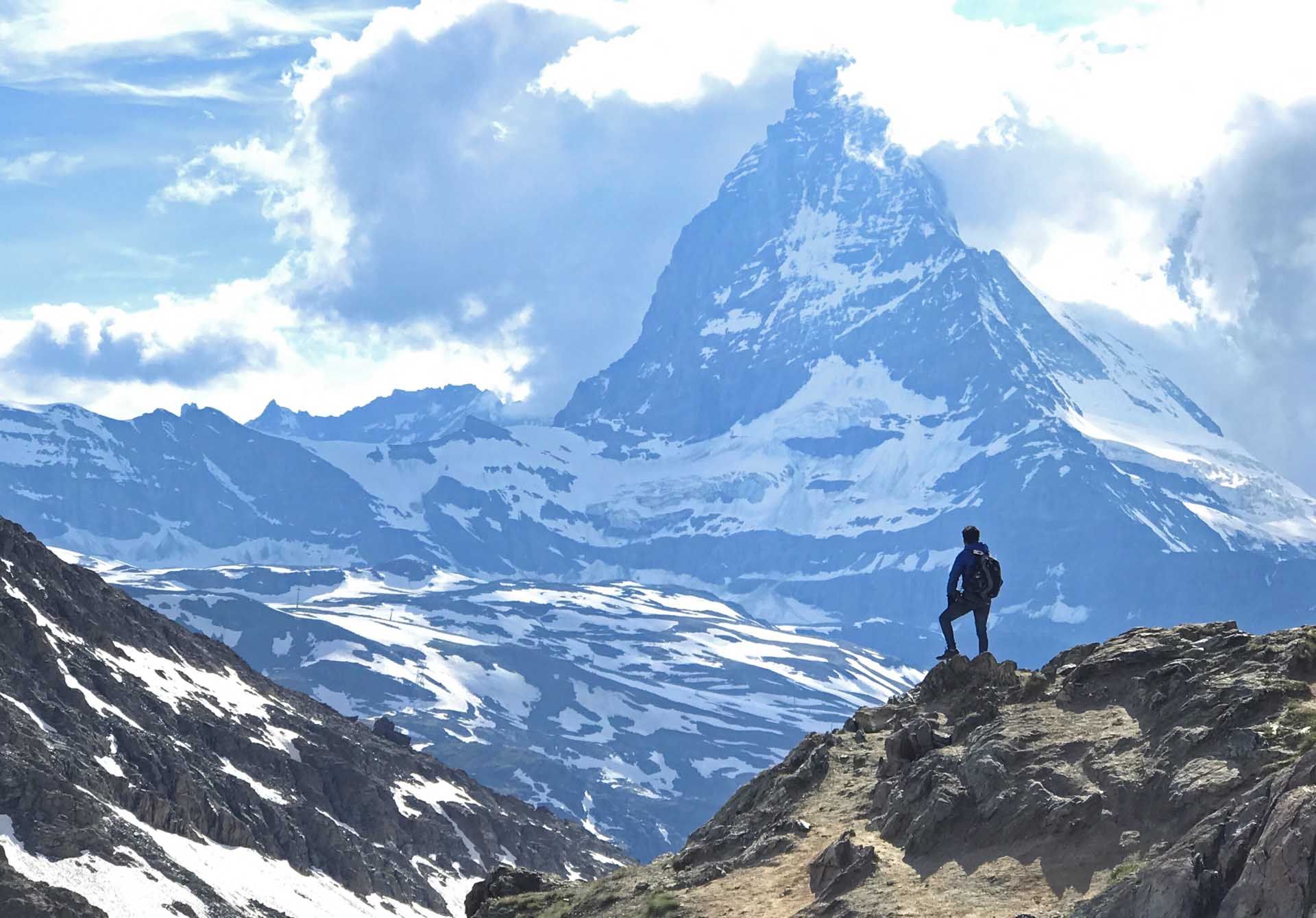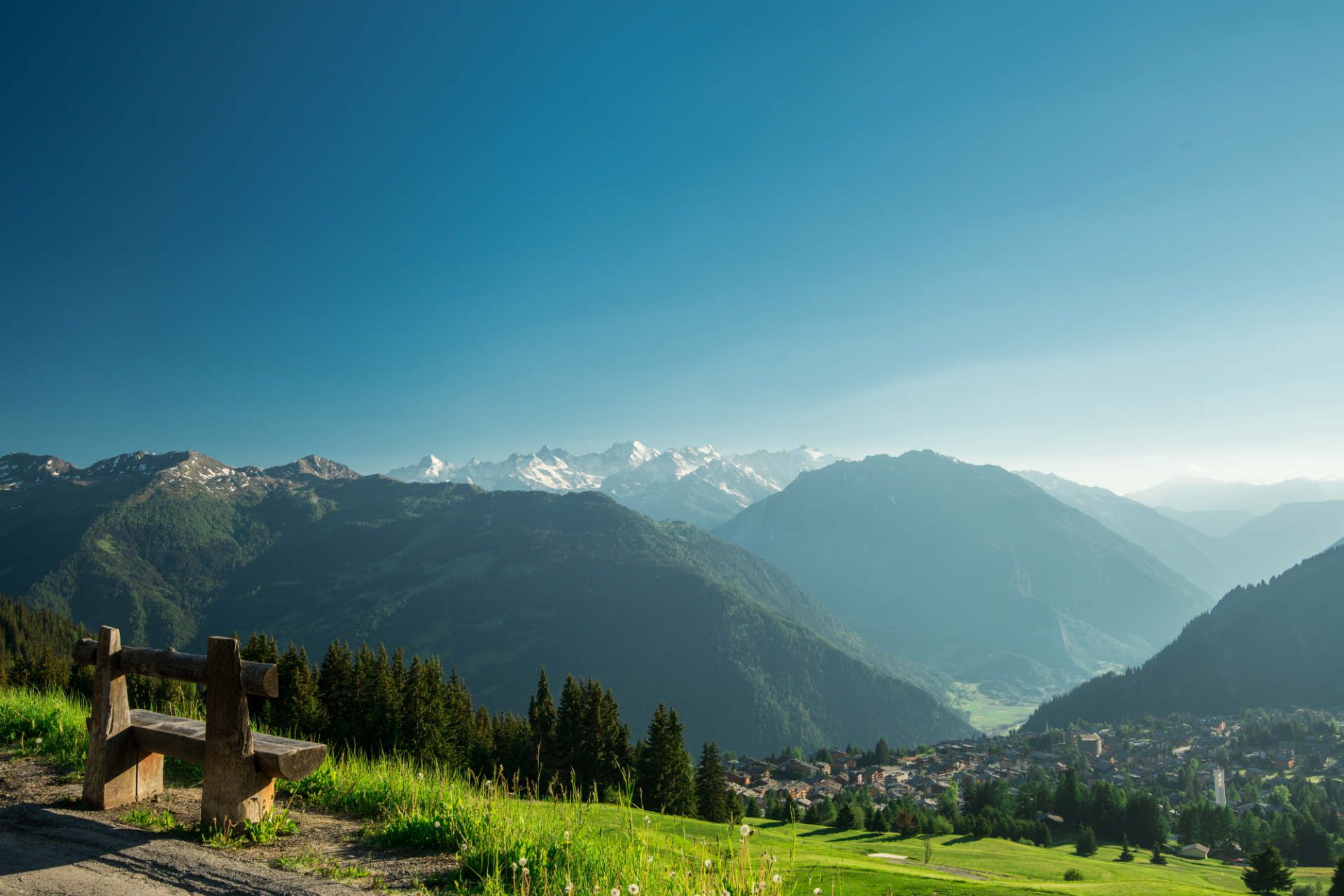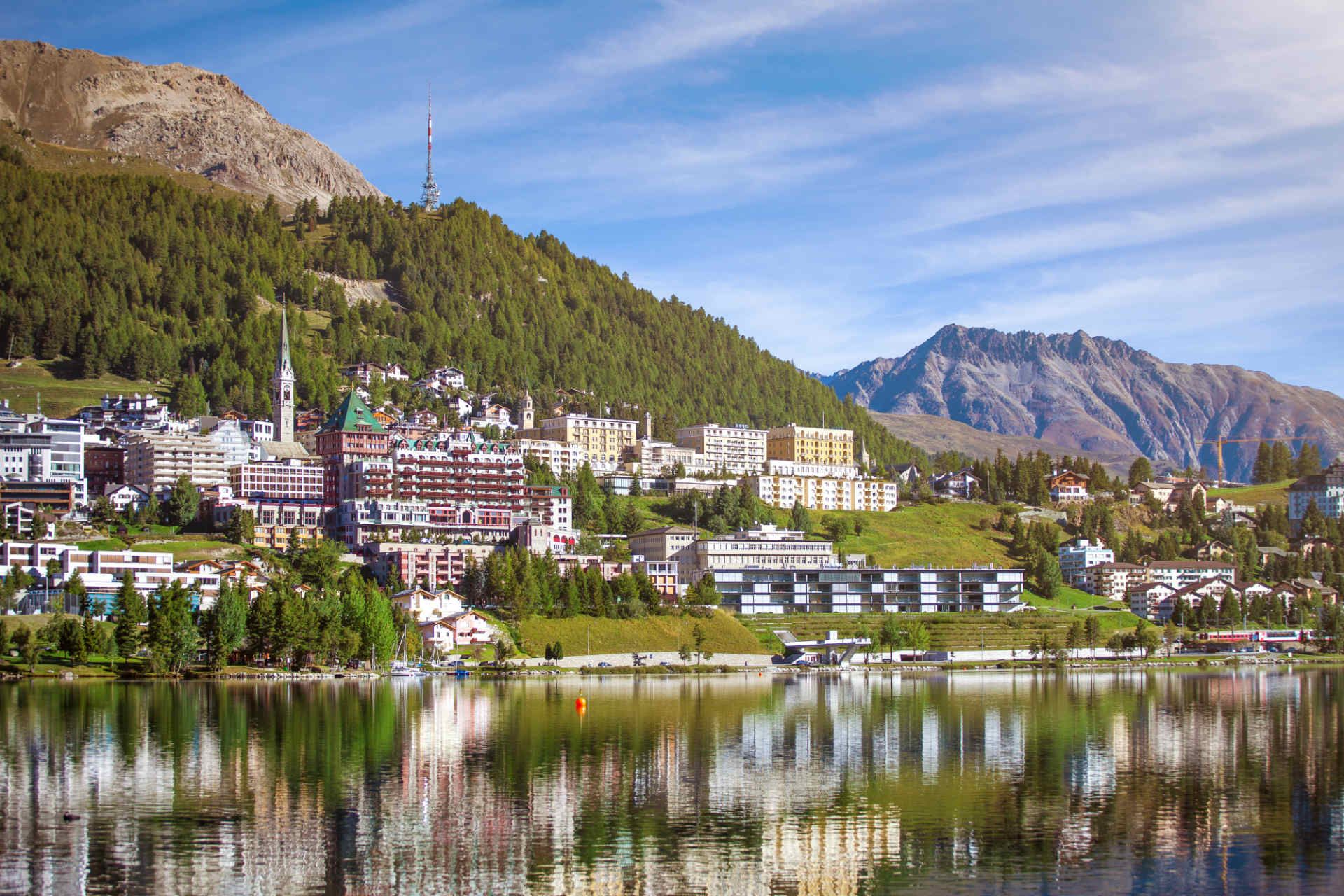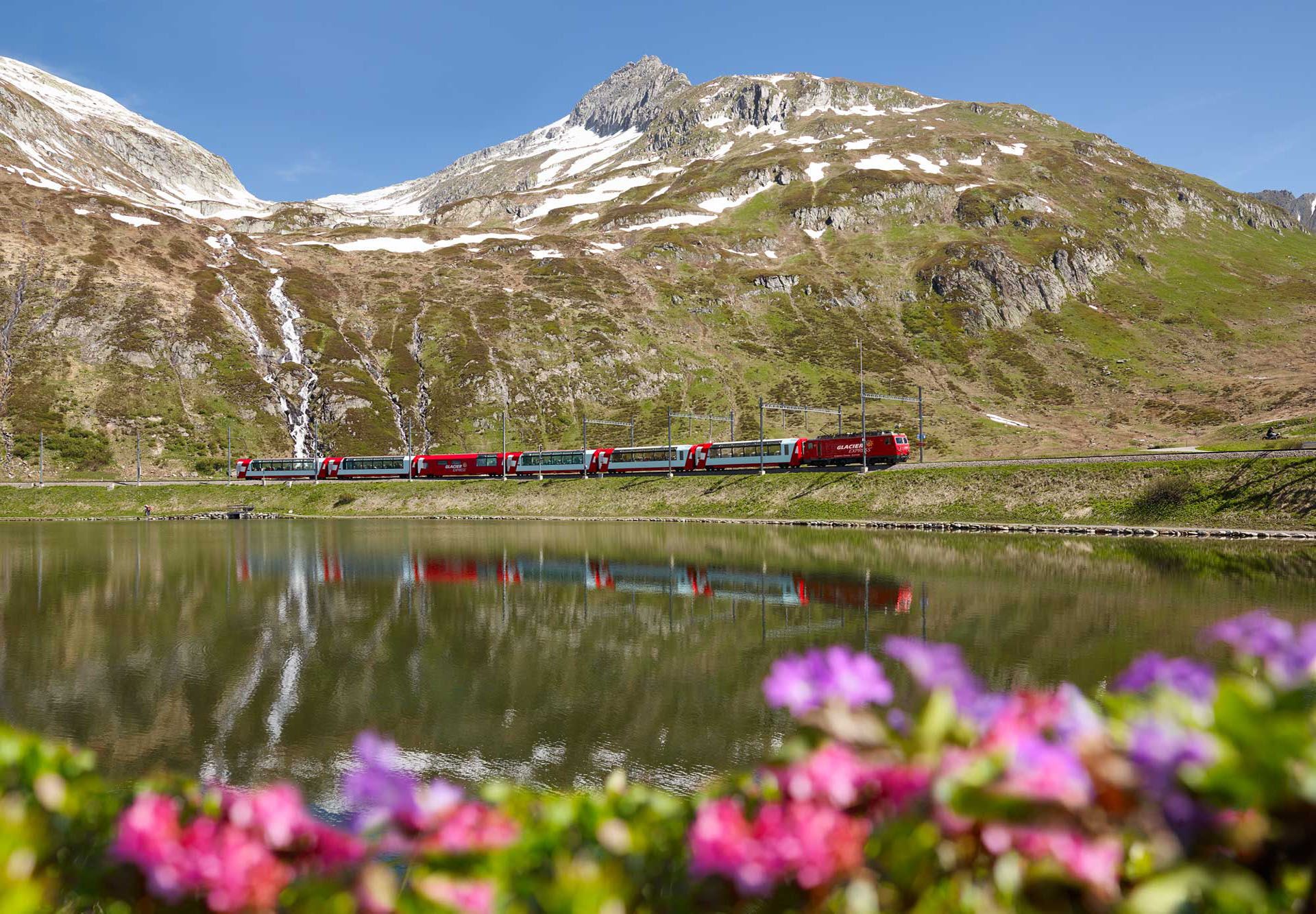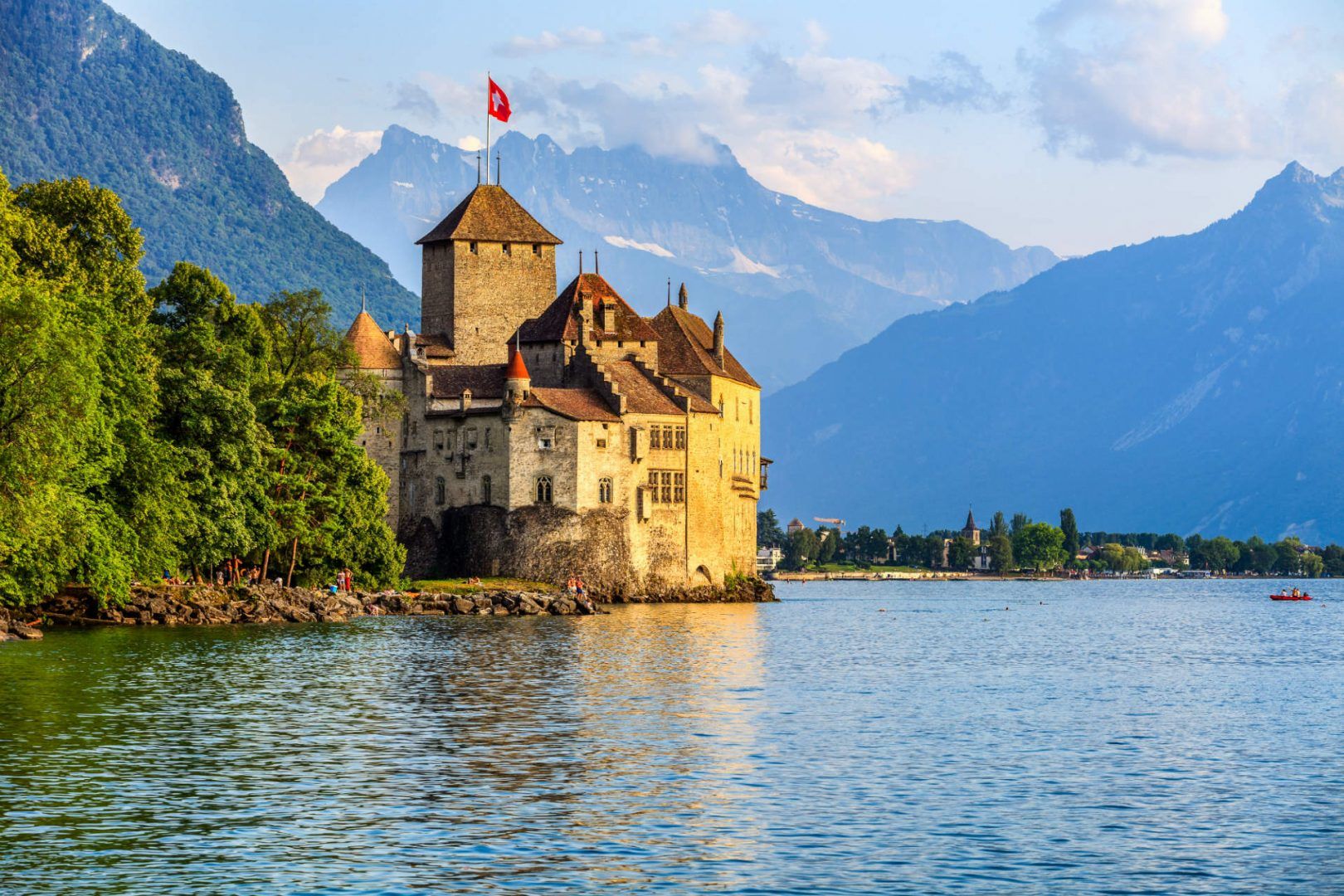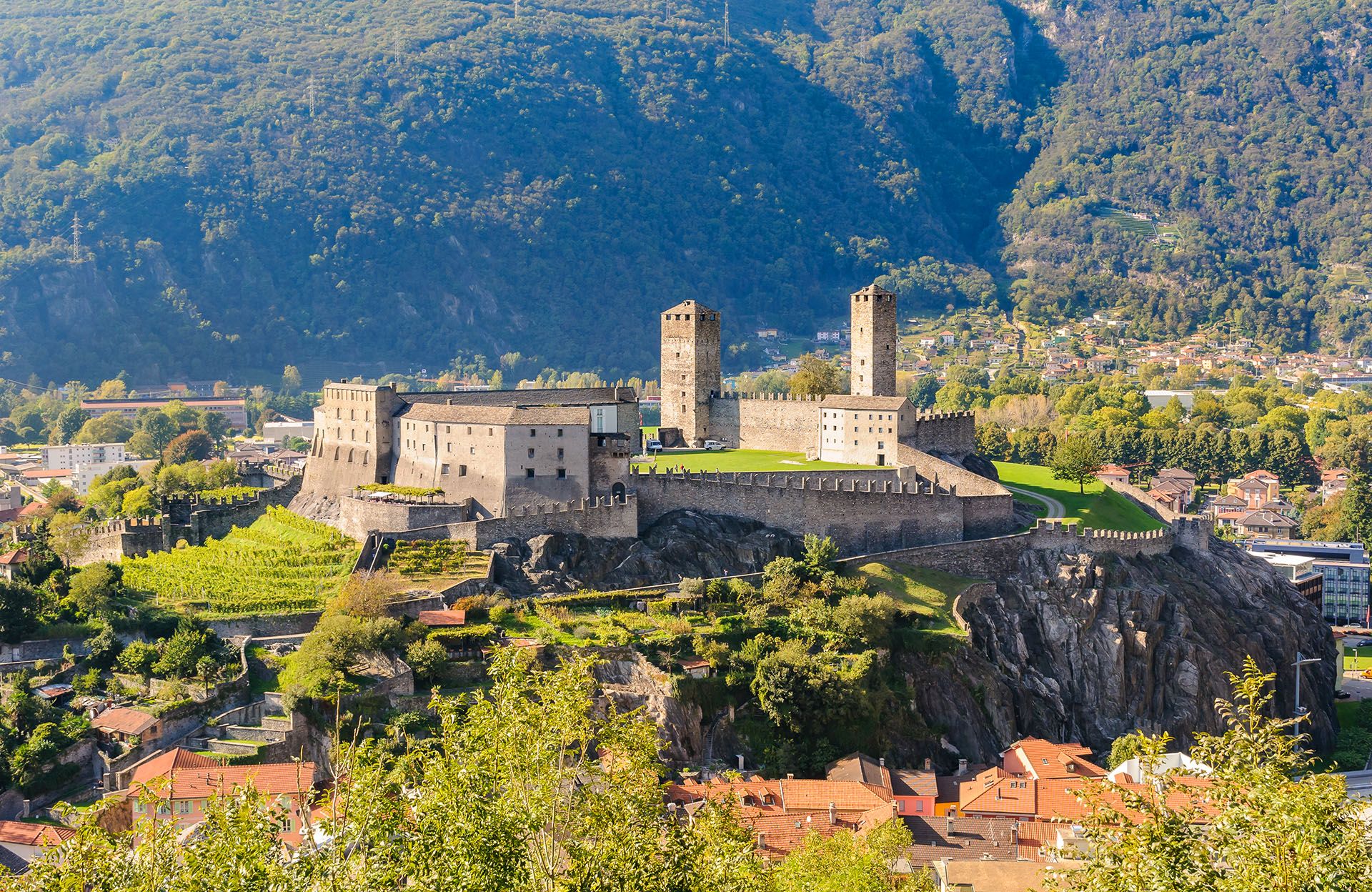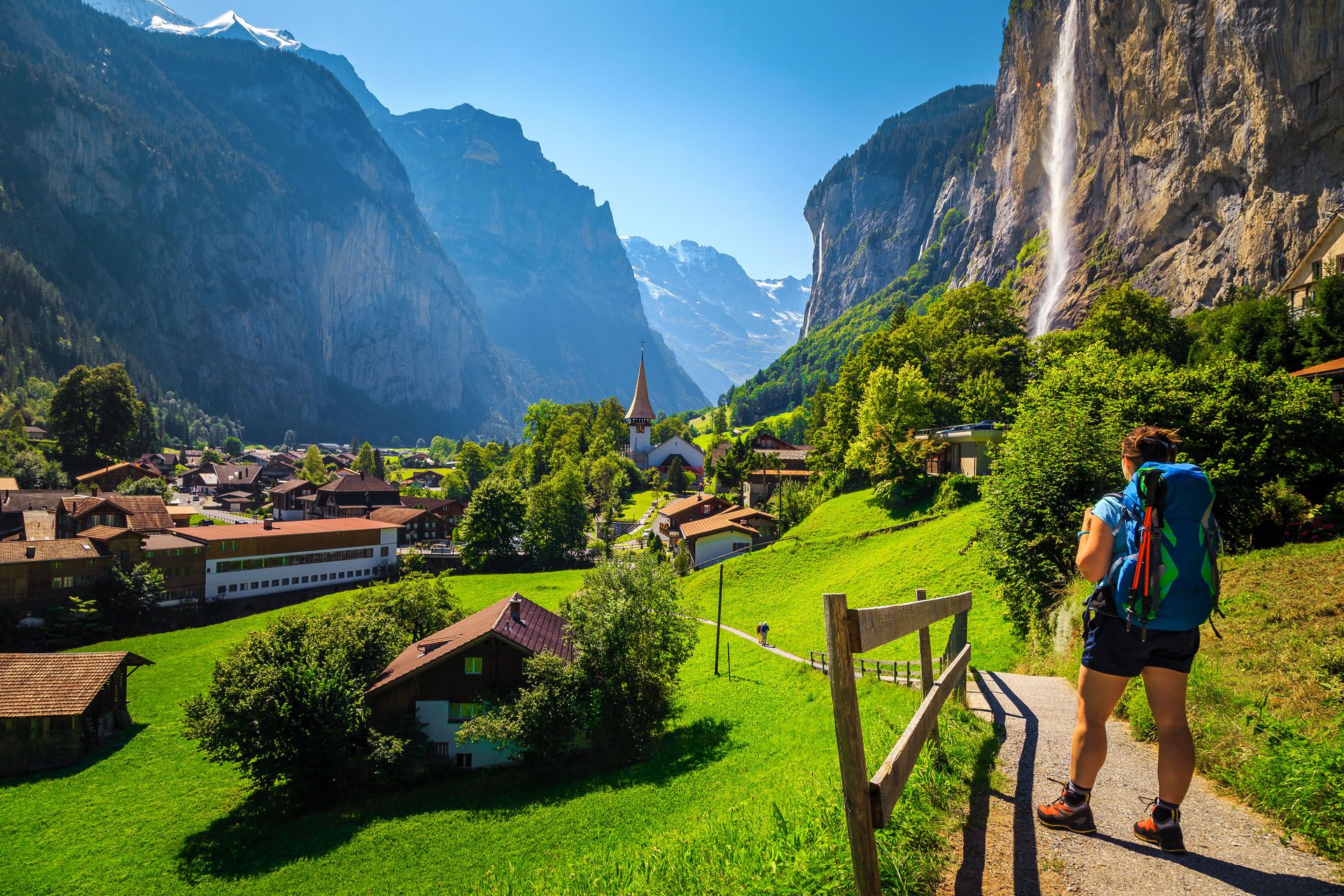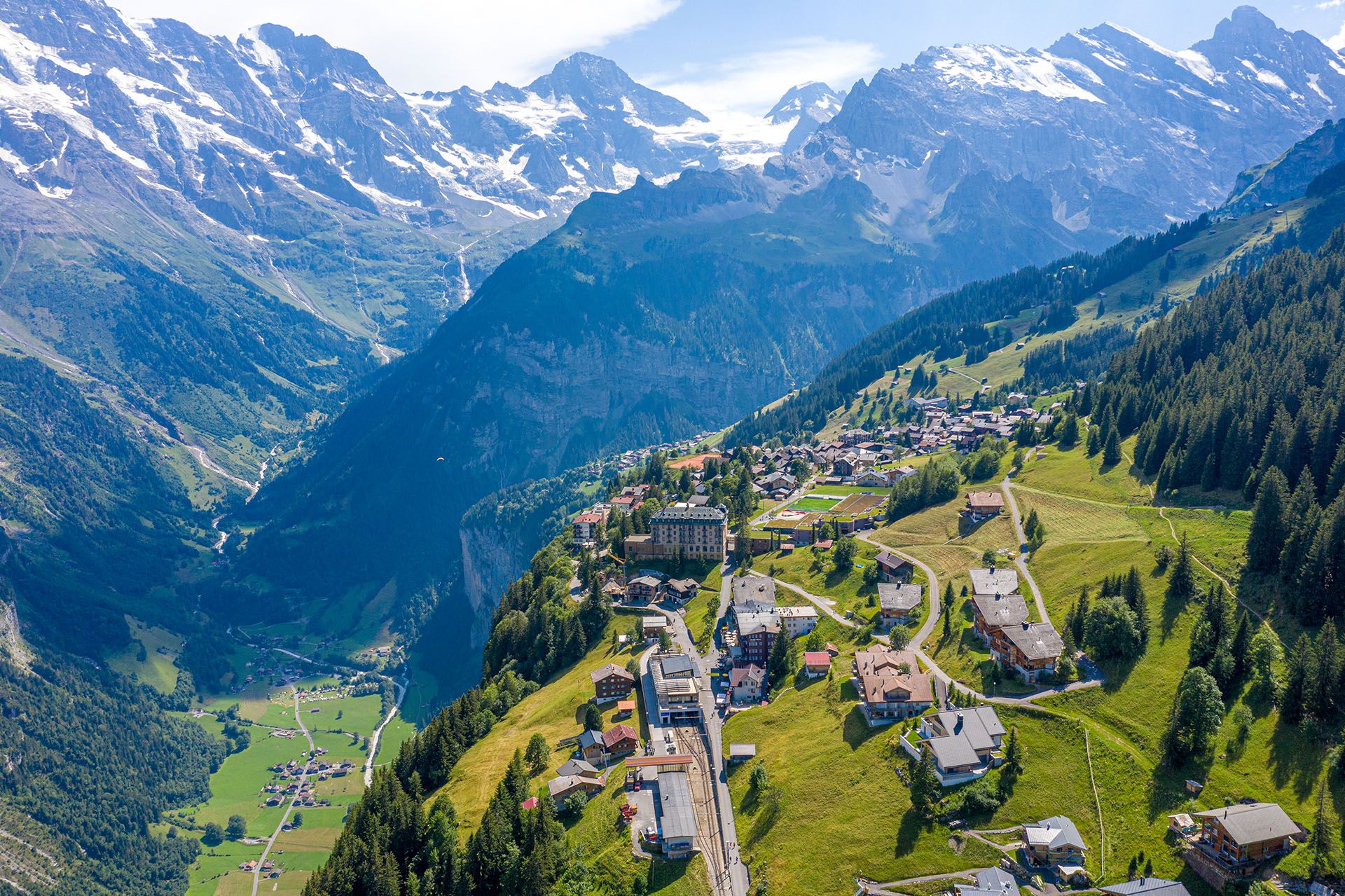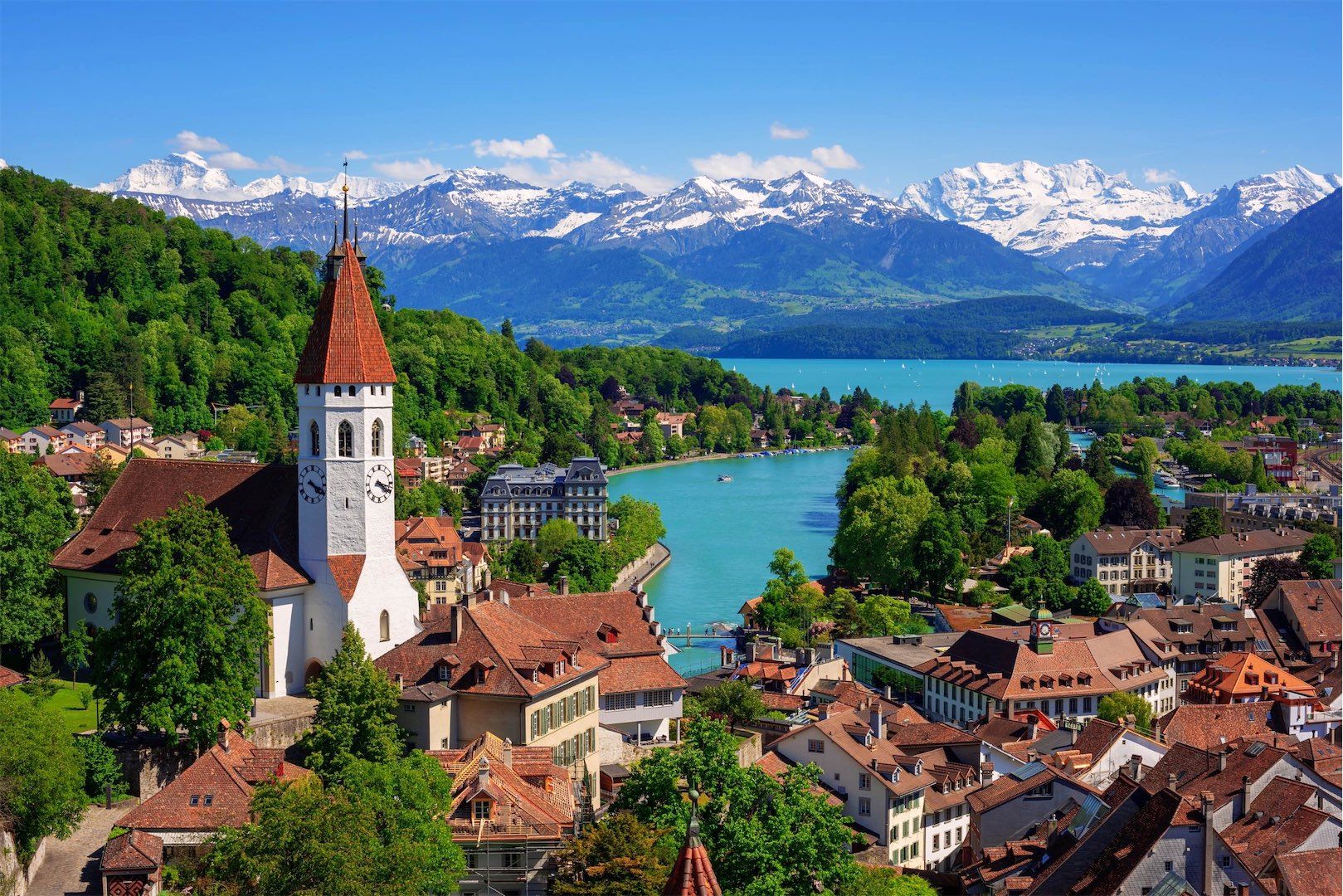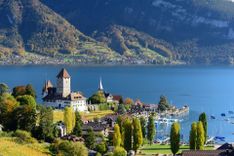- Activity
- Where to Stay
- Nature & Wildlife
- Festivals & Events
- Highlights
- History Culture Heritage
- Walking Hiking Trekking
- Train Journeys
- Winter Sports
- City Break
- Europe
- Switzerland
- Basel
- Bern
- Geneva
- Lucerne
- Zurich
- Zermatt and the Matterhorn
- Lausanne
- Valais
- Inspiration
- See & Do
- Travel Tips
- Where to stay
Planning your own trip? Prepare for your trip
Use Rough Guides' trusted partners for great rates
Travel advice for Switzerland
From travel safety to visa requirements, discover the best tips for visiting Switzerland
- Geneva travel guide
- Lausanne travel guide
- Zürich travel guide
- Basel Switzerland Travel Guide
- Bern Travel Guide
- Lucerne Travel Guide
- Lake Geneva Travel Guide
- Northeast Switzerland and Liechtenstein Travel Guide
- Bernese Oberland travel guide
- Jungfrau Region travel guide
- Valais travel guide
- Graubünden Travel Guide
- Zermatt and the Matterhorn travel guide
- Central Switzerland Travel Guide
- Ticino Travel Guide
- Best accommodation in Switzerland
- How to get to Switzerland
- Getting around Switzerland
- Switzerland travel tips for first-timers: what to know
- Best time to visit Switzerland
- Festivals in Switzerland
- How to plan a trip to Switzerland

